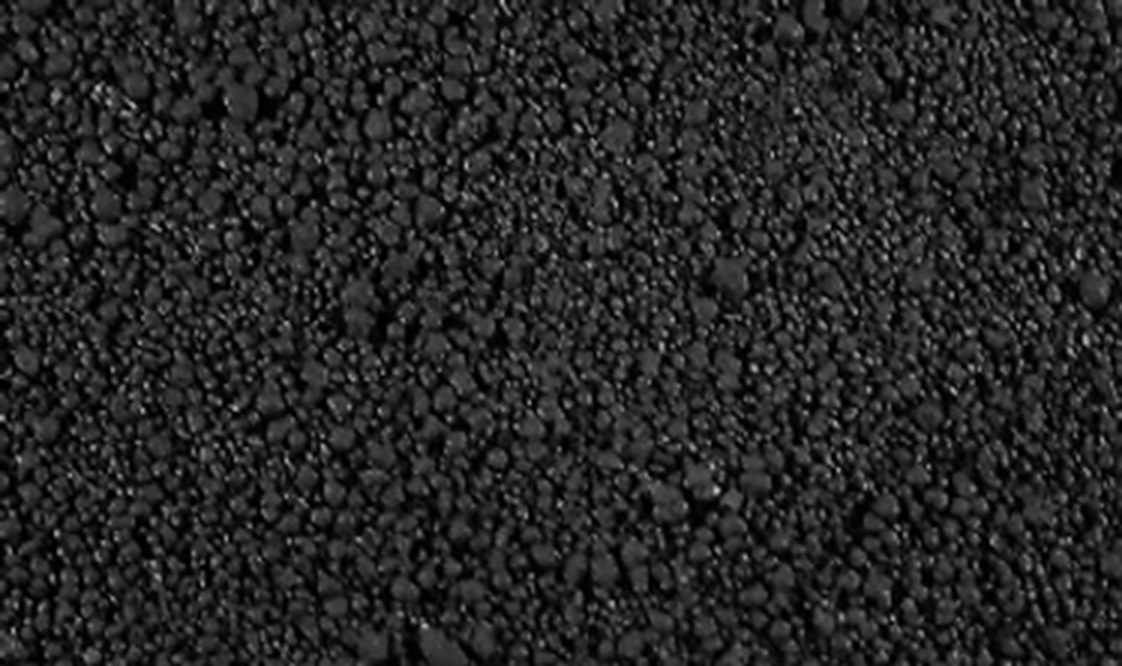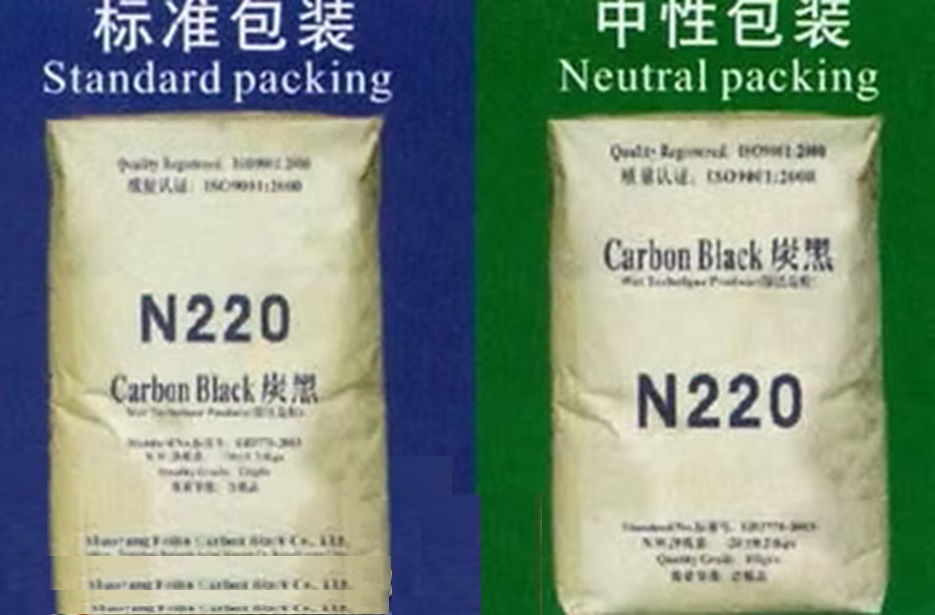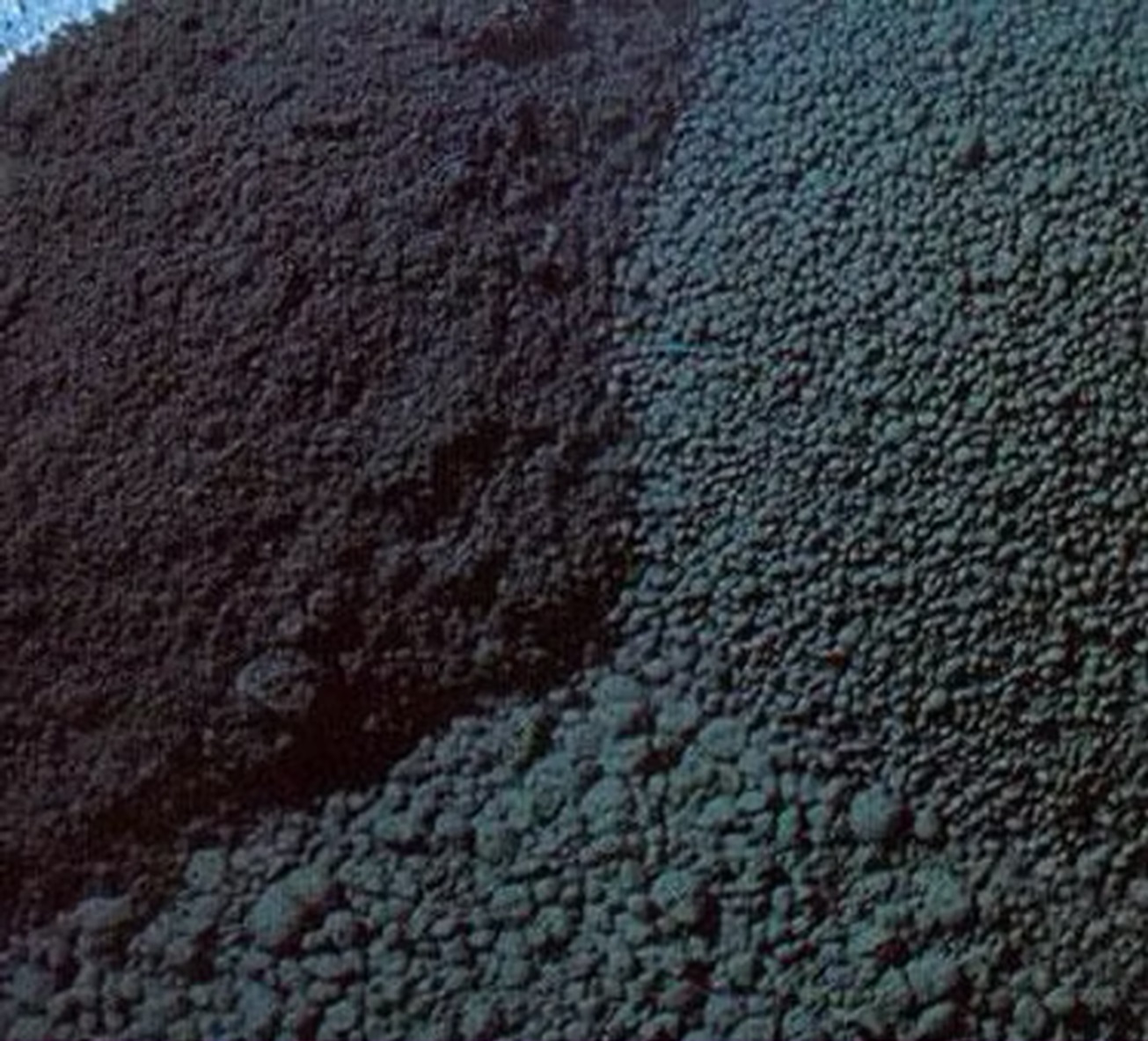We unleash your business potential by maximize the business innovation.
Send EmailCarbon Black, Charcoal Black, N110, N120, N220, N234, N326, N330, N339, N351, N550, N650, N660, N772, N990, LH30, 1333-86-4
📋 Carbon Black N-Series – Brief Descriptions & Applications
-
N110 – Very high reinforcement, high abrasion resistance → Off-road tire tread, high-performance rubber
-
N120 – High jetness, UV resistance → Inks, coatings, plastics
-
N220 – Balanced strength, moderate processability → Truck/car tire tread
-
N234 – Maximum abrasion resistance, low hysteresis → High-speed tire compounds
-
N326 – Balanced durability and structure → Hoses, belts, tires
-
N330 – Medium reinforcement, good dispersion → General tire tread, molded rubber
-
N339 – High abrasion resistance, conductivity → Industrial rubber, automotive tires
-
N351 – High stiffness, low hysteresis → Seals, gaskets, hoses
-
N550 – Good dispersion, moderate reinforcement → Inner liners, hoses, cable insulation
-
N650 – Durable structure, high reinforcement → Industrial rubber, seals
-
N660 – Easy processing, high elasticity → Profiles, tubes, shoe soles
-
N772 – High flexibility, low reinforcement → Seals, mounts, extruded rubber
-
N990 – High electrical resistance, low surface area → Low-voltage cable insulation
-
LH30 – Low rolling resistance, premium tread → Ultra-performance passenger tires
📋 Carbon Black N-Series Grades – Summary List
🔹 High Surface Area / High Reinforcement Grades
-
N110
-
Very high surface area, low structure
-
Maximum reinforcement, high wear resistance
-
Used in off-road tire treads, high-performance rubber
-
-
N120
-
High jetness, low structure
-
Excellent tinting strength, UV resistance
-
Ideal for inks, coatings, plastics
-
-
N220
-
High surface area, medium structure
-
Good tensile strength, moderate processability
-
Used in truck/car tire treads, mechanical rubber
-
-
N234
-
Very high reinforcement, low hysteresis
-
Superior abrasion resistance
-
Premium tire tread compound
-
🔹 Medium Surface Area / Balanced Grades
-
N326
-
Medium surface area and structure
-
Balanced reinforcement and durability
-
Used in tires, hoses, belts
-
-
N330
-
Medium surface area and structure
-
Balanced wear resistance and flexibility
-
Used in tires, conveyor belts, molded rubber
-
-
N339
-
Medium surface area, high structure
-
High abrasion resistance, good conductivity
-
Used in tire treads, industrial rubber
-
-
N351
-
Low surface area, high structure
-
High stiffness, low hysteresis
-
Used in seals, gaskets, hoses
-
🔹 Low Surface Area / High Processability Grades
-
N550
-
Low surface area, high structure
-
Good dispersion, moderate reinforcement
-
Used in inner liners, hoses, cables
-
-
N650
-
Low surface area, high structure
-
High durability, good reinforcement
-
Used in industrial rubber, seals
-
-
N660
-
Very low surface area, high structure
-
Easy processing, high elasticity
-
Used in profiles, tubes, insulation
-
-
N772
-
Very low surface area, low structure
-
High flexibility, excellent dynamic properties
-
Used in seals, belts, extruded rubber
-
🔹 Ultra-Low Surface Area / Specialty Grade
-
N990
-
Extremely low surface area, very low structure
-
High electrical resistance, low reinforcement
-
Used in low-voltage cable insulation (Thermal Black)
-
📄 Technical Product Summary – Carbon Black N-Series (Grades N110 to N772)
| Grade | CAS No | C.I. Pigment | Surface Area (NSA) | Structure (DBP Abs.) | Particle Size (nm) | Purity (Moisture/Ash) | Packaging Type | Typical Applications | Key Properties | Risk Flag | Storage Note |
|---|---|---|---|---|---|---|---|---|---|---|---|
| N110 | 1333-86-4 | C.I. 77266 / PB 6,7 | 127 ± 5 m²/g | 113 ± 5 cc/100g | ~20 | ≤1.5 / ≤0.75 | Pellet – dust-free, easy dosing | Off-road tire tread, bridge pads, conveyor belts | Maximum abrasion resistance, high tensile strength | 🔺 Dust form may cause electrical short circuit | Store dry, away from oxidizers, well ventilated |
| N220 | 1333-86-4 | C.I. 77266 / PB 7 | 114–124 m²/g | 109–119 cc/100g | ~25 | ≤2.5 / ≤0.5 | Granule or pellet – low dust | Truck/car tire tread, conveyor belts, rubber goods | High abrasion resistance, conductivity | 🔺 Heat buildup risk – hardening at high temp | Store cool, dry, well ventilated |
| N330 | 1333-86-4 | C.I. 77266 / PB 7 | 70–80 m²/g | 100–110 cc/100g | ~25–30 | ≤2.0 / ≤0.5 | Granule or pellet – low dust | Tire tread, conveyor belts, cables, hoses | Balanced wear resistance, viscosity, processability | ⚠️ Hysteresis increase – energy loss risk | Store cool, dry, well ventilated |
| N550 | 1333-86-4 | C.I. 77266 / PB 7 | 38–45 m²/g | 118–125 cc/100g | ~30–40 | ≤1.0 / ≤0.45 | Pellet/granule – big bag (1000 kg net) | Tire carcass, inner tubes, hoses, cable insulation | Medium reinforcement, high extrusion, low shrinkage | ⚠️ Low abrasion resistance – caution for outer use | Store dry, cool, well ventilated |
| N660 | 1333-86-4 | C.I. 77266 / PB 7 | 30–40 m²/g | 85–95 cc/100g | ~35–45 | ≤1.5 / ≤0.5 | Pellet/granule – big bag (1000 kg net) | Shoe soles, cables, inner rubber profiles | High elasticity, low hysteresis | ⚠️ Low abrasion resistance – caution for outer use | Store dry, cool, well ventilated |
| N772 | 1333-86-4 | C.I. 77266 / PB 7 | 28–32 m²/g | 60–70 cc/100g | ~40–50 | ≤1.0 / ≤0.45 | Pellet/granule – big bag (1000 kg net) | Seals, mounts, flexible extruded profiles | High flexibility, excellent dynamic performance | ⚠️ Not recommended for outer surfaces | Store dry, cool, well ventilated |
🛞 Tire Compound Recommendations
| Grade | Reinforcement | Abrasion Resistance | Hysteresis | Typical Use | Note |
|---|---|---|---|---|---|
| N234 | 🔺🔺🔺🔺🔺 | 🔺🔺🔺🔺🔺 | 🔻 | High-speed tire tread | Highest performance – 10% more wear resistance |
| N220 | 🔺🔺🔺🔺 | 🔺🔺🔺🔺 | ⚖️ | Passenger/truck tire tread | Balanced performance, widely used |
| N330 | 🔺🔺🔺 | 🔺🔺🔺 | 🔺 | General tread, conveyor belts | Good processability, medium reinforcement |
🔌 Cable Applications
| Grade | Surface Area | Structure | Conductivity Potential | Dispersion | Typical Use |
|---|---|---|---|---|---|
| N550 | 40–50 m²/g | 118–125 | ⚫⚫⚫ (medium) | 🔼🔼 | Cable insulation, inner liner |
| N660 | 30–40 m²/g | 85–95 | ⚫⚫ (low) | 🔼🔼🔼 | Outer jacket, flexible compounds |
| N772 | 28–32 m²/g | 60–70 | ⚫ (very low) | 🔼🔼🔼🔼 | Vibration dampers, seals |
| N990 | ~9.5 m²/g | ~38 | ⚫⚫⚫⚫ (high resistance) | 🔼🔼🔼🔼 | Low-voltage cable insulation |
🧪 Plastic Compatibility
| Plastic Type | Recommended Grades | Key Features | Notes / Risk Flag |
|---|---|---|---|
| PMMA | N330 / N660 | UV protection, dispersion, low hysteresis | N330 = deeper black, N660 = easier processing |
| PVC | N550 / N660 / N772 | Low ash, high dispersion, low hysteresis | N772 ideal for inner layers |
| PET | N234 / N330 | Deep black, abrasion resistance, UV shield | N234 = high outdoor durability |
| PA | N220 / N330 | High reinforcement, thermal stability | N220 = ideal for mechanical parts |
| PE | N550 / N660 / N990 | UV protection, low ash, processability | N990 = low-voltage insulation |
| PP | N550 / N660 | Low viscosity, UV stabilization | Low ash critical for food packaging |
🧪 Carbon Black – ASTM N-Series Grades Overview
| Grade | Surface Area (m²/g) | Structure (DBP cc/100g) | Particle Size (nm) | Key Properties | Typical Applications |
|---|---|---|---|---|---|
| N110 | Very High (~145–155) | Low (~110–120) | ~20 | Maximum reinforcement, high wear resistance | Off-road tire tread, high-performance rubber |
| N120 | High (~130–140) | Low (~95–105) | ~20 | High jetness, UV resistance, pigment strength | Coatings, inks, plastics |
| N220 | High (~120–130) | Medium (~109–119) | ~25 | Good tensile strength, moderate processability | Truck/car tire tread, mechanical rubber goods |
| N234 | Very High (~120–135) | Medium (~115–125) | ~25 | Superior abrasion resistance, low hysteresis | High-speed tire tread, premium rubber |
| N326 | Medium (~90–100) | Medium (~100–110) | ~30–40 | Balanced reinforcement, good durability | Tires, hoses, conveyor belts |
| N330 | Medium (~70–80) | Medium (~100–110) | ~25–30 | Balanced wear resistance and flexibility | Tires, conveyor belts, molded rubber |
| N339 | Medium (~55–75) | Medium (~105–115) | ~30–40 | High abrasion resistance, good conductivity | Automotive tire tread, industrial rubber |
| N351 | Low (~30–40) | High (~120–130) | ~35–45 | Low hysteresis, high stiffness | Seals, gaskets, hoses |
| N550 | Low (~40–50) | High (~118–125) | ~30–40 | Good dispersion, moderate reinforcement | Inner liners, hoses, cables |
| N650 | Low (~35–45) | High (~115–125) | ~35–45 | High durability, good reinforcement | Industrial rubber, seals, gaskets |
| N660 | Very Low (~30–40) | High (~85–95) | ~35–45 | Easy processing, high elasticity | Profiles, tubes, insulation, shoe soles |
| N772 | Very Low (~28–32) | Low (~60–70) | ~40–50 | High flexibility, excellent dynamic properties | Seals, belts, extruded rubber |
| N990 | Ultra Low (~9.5) | Very Low (~38) | ~250 | High electrical resistance, low reinforcement | Low-voltage cable insulation (Thermal Black) |
🔍 Selection Tips
-
Smaller particle size (e.g., N110, N220, N234) → Higher reinforcement, harder to disperse.
-
Larger particle size (e.g., N550, N660, N772) → Easier processing, lower reinforcement.
-
High structure grades (e.g., N550, N650) → Better dispersion, higher stiffness.
-
Low structure grades (e.g., N120, N772) → Higher jetness, UV resistance (ideal for pigments).
📌 CAS & Regulatory Info
-
CAS No: 1333-86-4 (applies to all N-series grades)
-
C.I. Pigment: C.I. 77266 / Pigment Black 6 or 7
-
HS Code: Varies by region, typically under 2803.00
The CAS number for Carbon Black, commonly used as a black pigment in plastics, is 1333-86-4
Carbon Black is widely used in the plastics and rubber industries. Here are some details about its applications:
Plastics Industry
-
Pigment: Carbon Black is used as a black pigment in plastics, giving products an aesthetic appearance.
-
UV Protection: It enhances the UV resistance of plastics, which is crucial for outdoor applications.
-
Electrical Conductivity: Carbon Black imparts electrical conductivity to certain plastics, making it useful in electronic components and antistatic applications.
Rubber Industry
-
Reinforcing Filler: Carbon Black is used as a reinforcing filler in rubber products, increasing the durability and wear resistance of tires and other rubber items.
-
Flexibility and Strength: It enhances the flexibility and strength of rubber products, which is particularly important for automotive tires.
-
Heat Dissipation: Carbon Black helps rubber products dissipate heat more effectively, preventing overheating and extending their lifespan.
These details highlight the significance of Carbon Black in the plastics and rubber industries.
Here are some key physical and chemical properties of Carbon Black (E153):
Physical Properties
-
Appearance: Fine black powder.
-
Density: 1.8 - 2.1 g/cm³.
-
Melting Point: Sublimes at high temperatures.
-
Solubility: Insoluble in water.
Chemical Properties
-
Chemical Formula: C.
-
Stability: Stable, but combustible. Incompatible with strong oxidizing agents.
-
Reactivity: Carbon Black is chemically inert and does not react with most chemicals.
These properties make Carbon Black suitable for various industrial applications.
Carbon Black (E153) is known by several other names and classifications. Here are some alternative names:
-
Food Black 2: Used in the context of food coloring.
-
Vegetable Carbon: Emphasizing its source.
-
Charcoal Black: Another common name.
-
Lamp Black: Refers to its production method.
-
Channel Black: Another term based on its production process.
-
Acetylene Black: Produced from acetylene gas.


